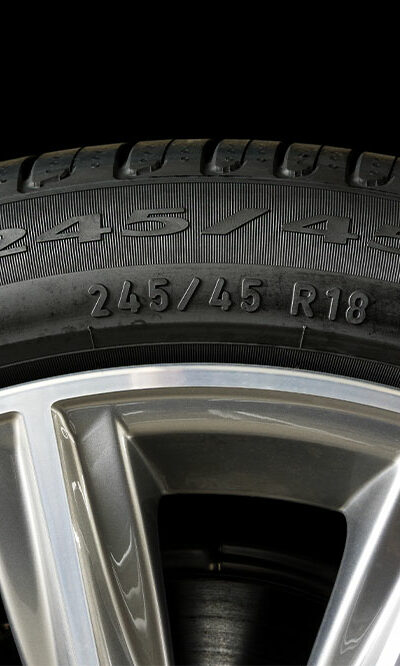
auto
Avoid these 8 mistakes when buying an e-bike
E-bikes or Electric bikes are a simple combination of classic pedal cycles engineered with a small electric motor. So, one can pedal it like a regular bike and switch to electronic driving mode, allowing the motor to take over, which is the main advantage of buying and riding E-bikes. However, one should consider a few factors before buying one for daily use. Also, avoid making these common mistakes to ensure a good deal and price. Not buying a quality bike Saving money on the build and quality of an e-bike can cost more because the cheapest option is folding e-bikes, which are made with components not built for rugged use. The risk of breakdowns and malfunctions is higher with cheap e-bikes. One can only spend more on repairs and maintenance when the same money could have been saved to buy a more durable and reliable bike. Buying without considering daily needs E-bikes are customized to serve a purpose. For example, if one needs an e-bike to make food or grocery deliveries for their business, the bike should have a strong battery pack with long-range driving. Factors like seating position, riding comfort, and overall carrying capacity must be considered. If one wants to purchase an e-bike for purely recreational purposes, folding is a more lightweight and manageable option. The price of the bike will also vary depending on these specifications. There are even premium mountain and adventure category e-bikes designed for rugged terrains for riders who love to venture out into the unknown. The ultimate use decides the purpose of the bike, so buy, customize, and choose accordingly. Not understanding the battery capacity E-bikes run on battery packs, so one needs to understand the range and capabilities of different designs. The designs and specifications are technical jargon that may make understanding confusing.
Read More 

















